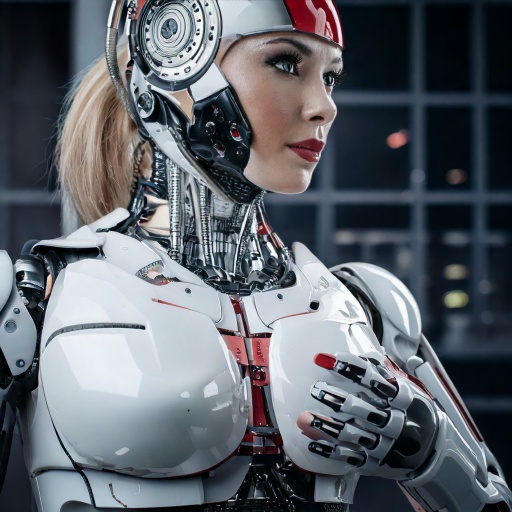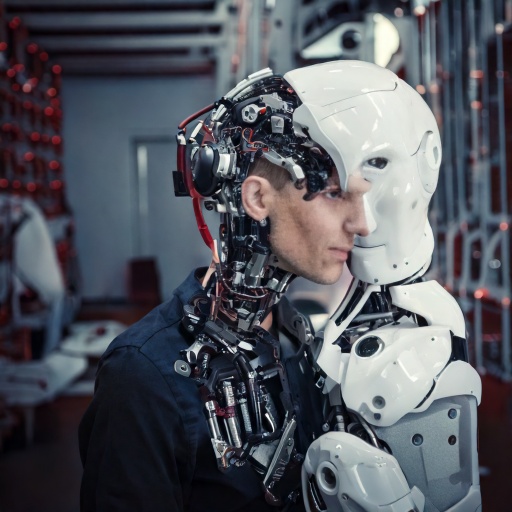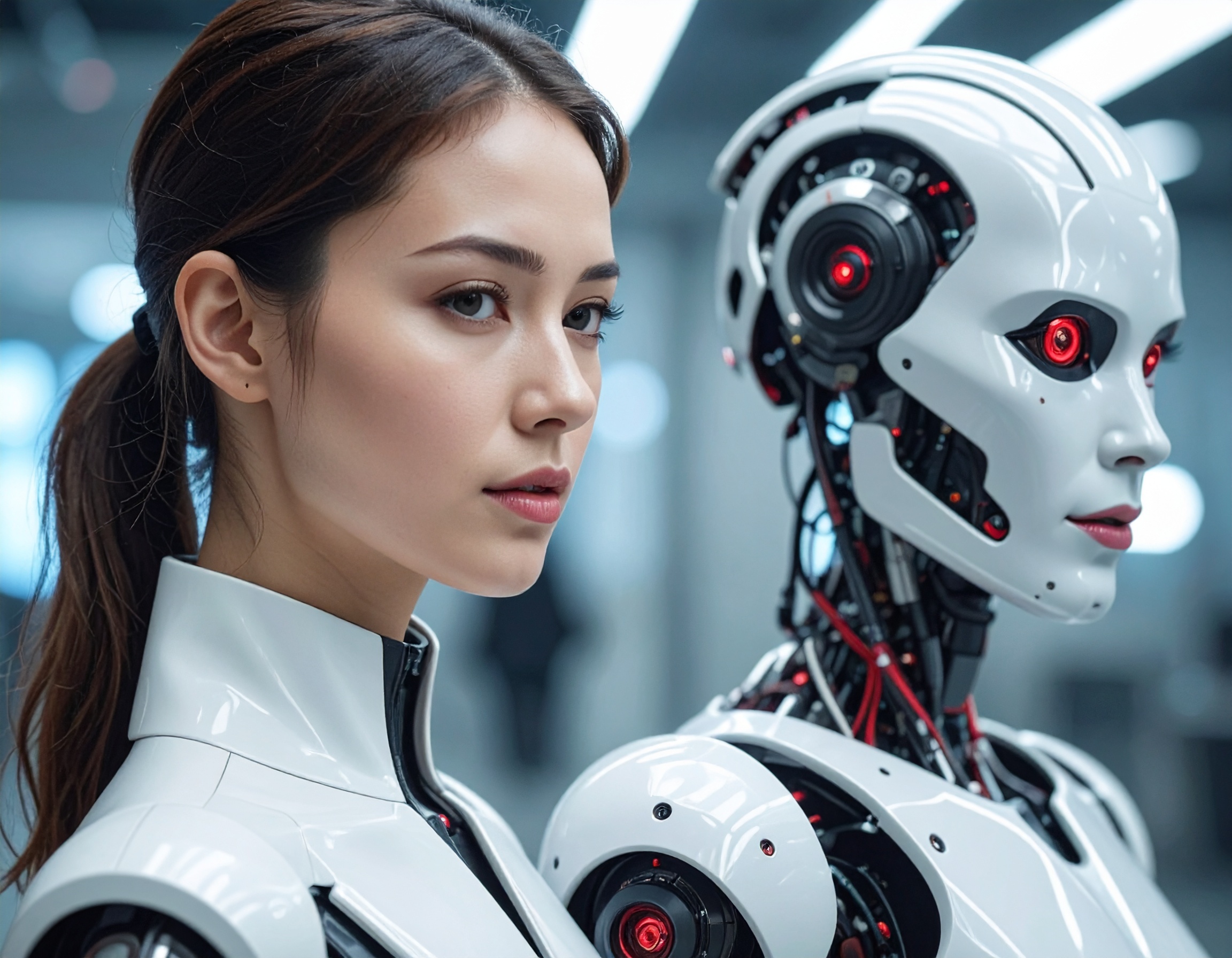When Robots Design Our Cities: AI Employees Take Over the Venice Biennale 2025

A Bold Vision Unveiled in Venice
On May 10, 2025, the Venice Architecture Biennale launched its 19th edition with a forward-looking theme: “Intelligens: Natural. Artificial. Collective.” Curated by MIT professor Carlo Ratti, this year’s exhibition boldly explores the role of AI Employees and Non-Human Workers in shaping our urban futures. With over 750 participants and contributions from 90 countries, the event transforms Venice into a city-sized laboratory for experimenting with intelligent, sustainable design.

Robots, Space Suits, and AI-Powered Cities
This Biennale isn't just theoretical—it’s packed with cutting-edge applications of artificial intelligence and robotics. Among the standout projects:
- BioSuit: A 3D-printed smart space suit by Dava Newman and Guillermo Trotti, equipped with body sensors and designed for space exploration.
- Lunar Ark: A Moon-based data center proposed as a digital preservation hub, built entirely by robotic systems to withstand future climate risks.
- Bhutan Robotic Carpentry: Presented by Bjarke Ingels Group, this project combines traditional Bhutanese woodworking with robotic craftsmanship to enhance cultural preservation through technology.
- CO-POIESIS Pavilion: Robots construct a building from reclaimed timber while one plays music and another dances—symbolizing human-machine co-creation.
These projects showcase the rising potential of Non-Human Workers in both technical and creative roles.
Human-Machine Collaboration as the New Norm
A central message of the Biennale is that architecture is no longer the sole domain of human creativity. AI Employees and Voice AI Agents are now collaborators, able to interpret complex data, design structures, and even interact musically or socially. The exhibits suggest that cities of the future will be co-designed by humans and machines, blending natural intelligence with artificial reasoning to solve global challenges.

A Test Ground for Urban Innovation
Venice itself serves as a working prototype. Throughout the city, installations and interactive experiences push visitors to rethink how we build for a warming planet. As climate change accelerates, the role of responsive, intelligent design becomes critical. This Biennale encourages architects, urban planners, and technologists to explore how AI can help us adapt—not just in theory, but in practice.
Why It Matters
- The Biennale marks a turning point in how we view AI—not just as a tool, but as a collaborator.
- Real-world prototypes show that Non-Human Workers could soon assist in construction, design, and preservation.
- With rising climate risks, AI-assisted architecture could be key to future resilience.

Key Highlights:
- Theme: “Intelligens: Natural. Artificial. Collective” – exploring the synergy between human creativity and artificial intelligence in architecture and urban design.
- AI Employees & Non-Human Workers: Central to many exhibits, these systems are shown assisting with everything from design to physical construction and artistic interaction.
- BioSuit Project:
- Developed by Dava Newman & Guillermo Trotti.
- A smart, 3D-printed space suit for Mars and Moon missions.
- Includes integrated body sensors and adaptive materials.
- Lunar Ark Concept:
- A proposed Moon-based robotic data center.
- Designed to protect Earth's critical data in case of climate disasters.
- Entirely assembled by autonomous robots.
- Bhutan Robotic Carpentry (by BIG – Bjarke Ingels Group):
- Merges traditional woodworking with robotic precision.
- Preserves cultural heritage through modern AI-enhanced fabrication.
- CO-POIESIS Pavilion:
- Robots build structures from salvaged wood.
- One robot plays the steelpan, another performs a dance—highlighting emotional, artistic potential of AI agents.
- City as a Living Lab:
- Venice itself becomes part of the exhibition, testing climate-adaptive urban designs.
- Encourages sustainable, intelligent planning for real-world cities.
Reference:


